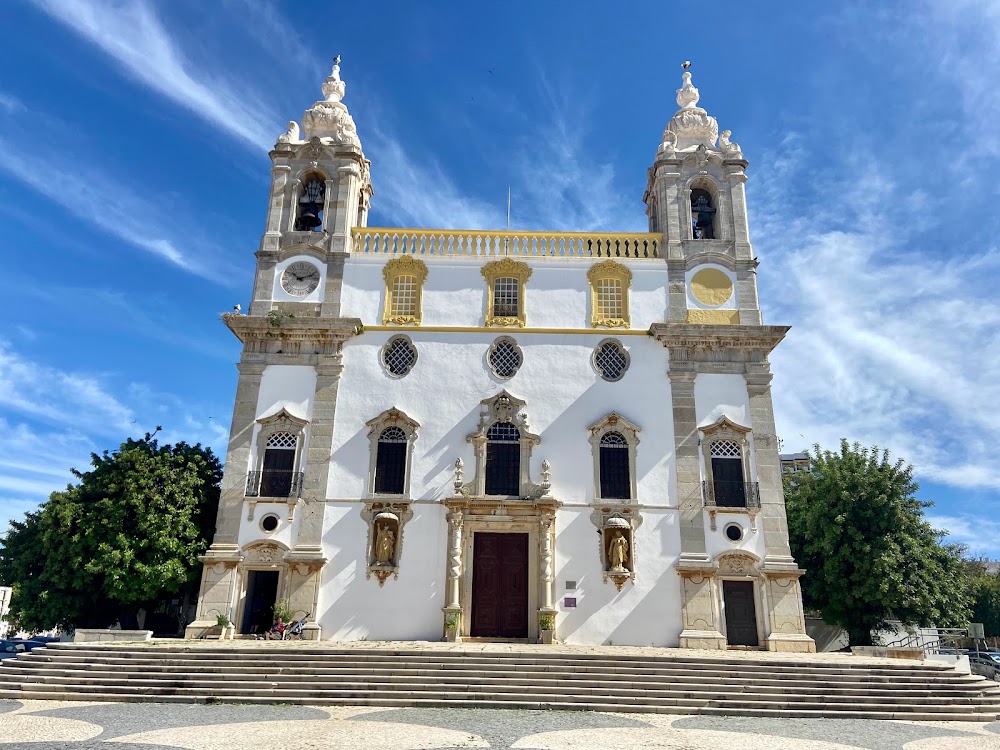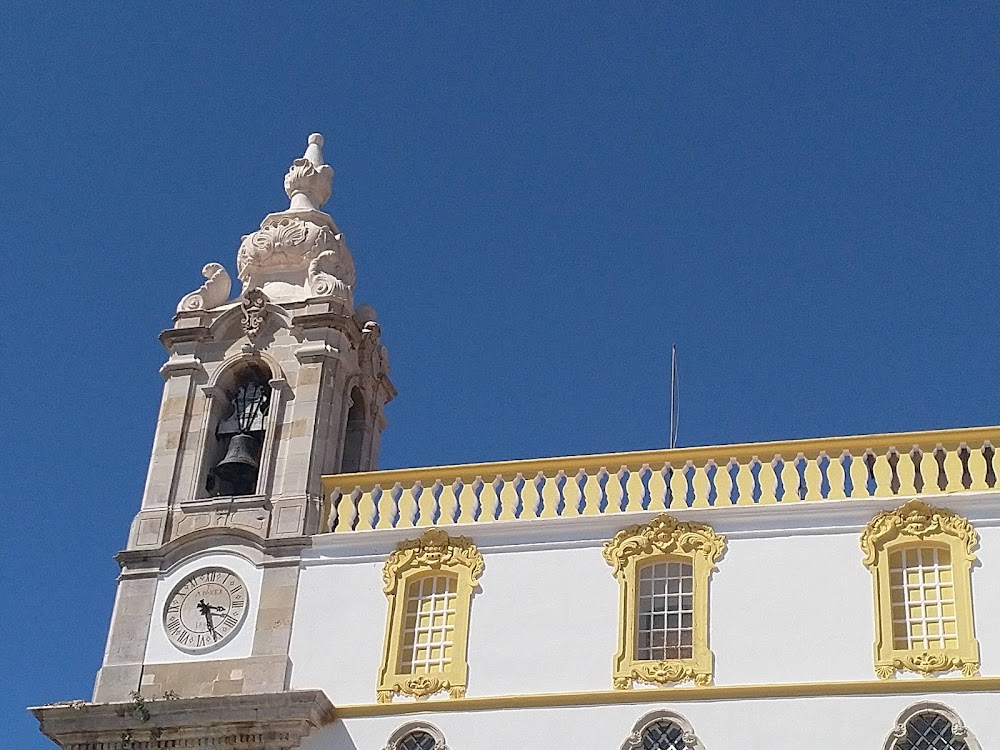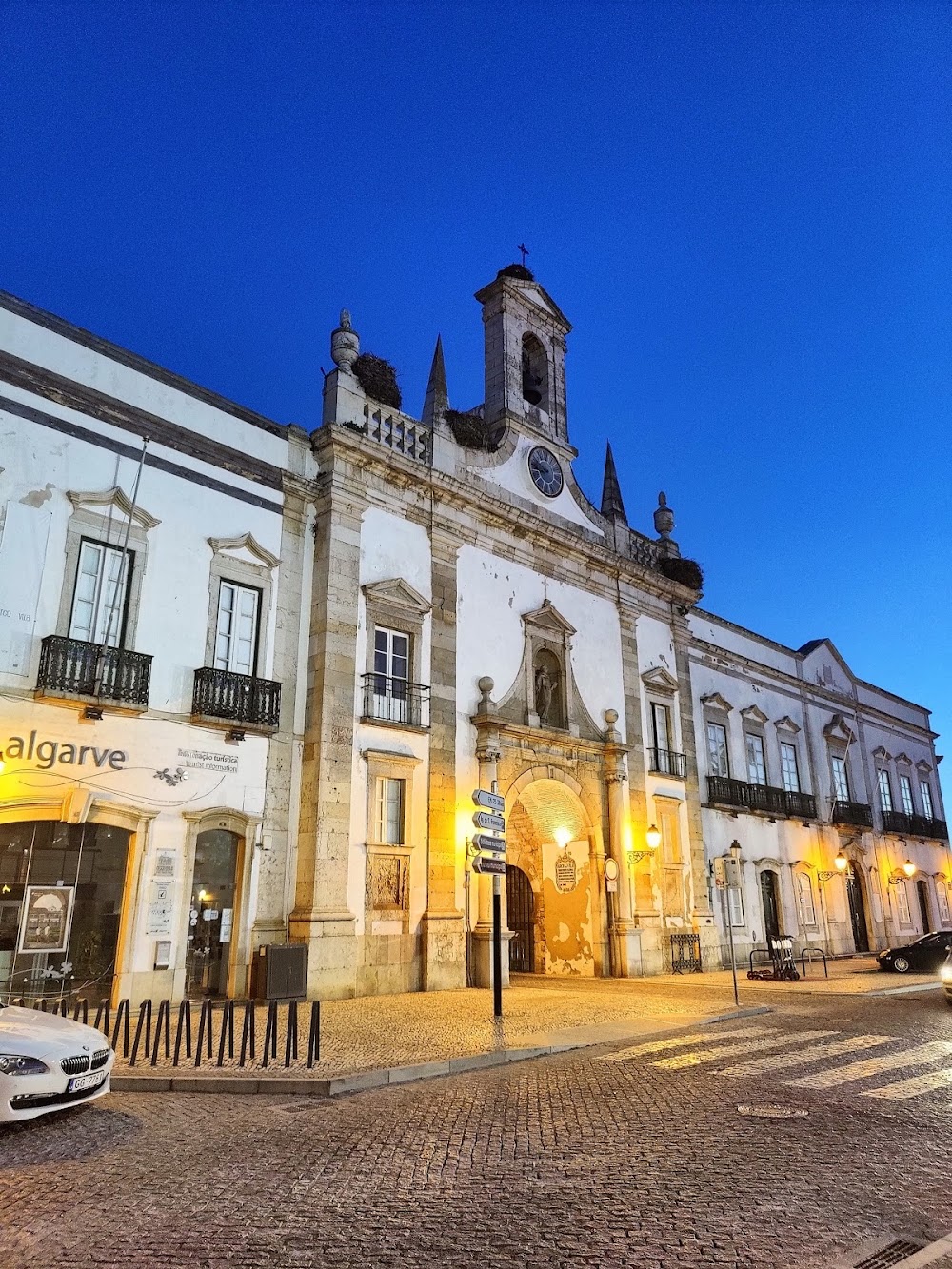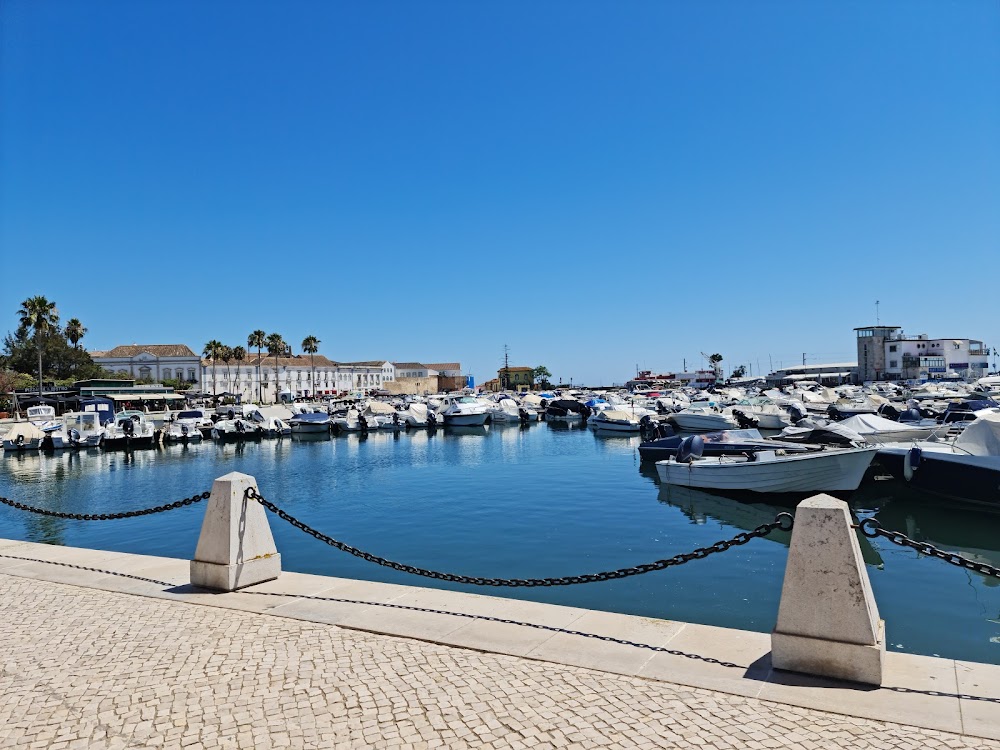Carmo Church (Igreja do Carmo)
Overview
The Igreja da Ordem Terceira de Nossa Senhora do Monte do Carmo, commonly known as the Carmo Church, stands regally in the charming city of Faro, Portugal. This magnificent example of Baroque architecture boasts a rich history that is deeply intertwined with the local community and the exceptional craftsmanship of its era.
Construction of the Carmo Church began in 1713 during a period when Baroque influence was sweeping across Europe. Commissioned by the Third Order of Our Lady of Mount Carmel, this congregation comprised devout laypeople who shared a spiritual connection with the Carmelite Order, yet did not commit to its strict monastic lifestyle. With a vision to create a place of worship that mirrored their profound faith and the grandeur of the Baroque style, the order embarked on this ambitious project.
A pivotal figure in the church's creation was the talented Italian architect Diogo Tavares de Ataíde. Renowned for his mastery in Baroque design, Ataíde infused the church with features that beautifully blend intricate artistry with grand scale. The facade is adorned with elegant, flowing lines and intricate carvings, all hallmarks of the Baroque style. The striking twin bell towers, reaching high into the sky, serve as enduring symbols of faith and perseverance.
Despite its ambitious inception, the construction faced numerous challenges, particularly financial constraints. It was not until 1755, the year of the catastrophic Lisbon earthquake, that urgency to complete the church surged. The quake wreaked havoc across the region, and as Faro sought to recover, the completion and consecration of the Carmo Church emerged as a beacon of hope and resilience for the community.
Inside, the Carmo Church showcases a stunning array of Baroque artwork. The main altar gleams with gold leaf, expertly applied to create a shimmering, ethereal presence. Crafted by artisans trained in Europe’s finest ateliers, these masterpieces are a testament to the skill and devotion of their creators. The intricately carved retable, or altar screen, adorned with rich religious iconography, serves as the focal point of the interior, inviting both worship and admiration.
One of the most unique and striking features of the Carmo Church is its Capela dos Ossos, or Chapel of Bones. Constructed in 1816 from the bones of over 1,000 monks, this macabre yet fascinating addition serves as a poignant reminder of the transience of life. The skulls and bones embedded in the walls and ceiling create a powerful memento mori, encouraging visitors to reflect on mortality and the eternal.
Over the centuries, the Carmo Church has undergone several restorations, particularly in response to damage from natural disasters and the inevitable passage of time. The most notable restoration efforts took place in the late 19th and 20th centuries, ensuring that the church not only retained its original splendor but also benefited from modern fortification techniques.
Today, the Carmo Church stands not just as a place of worship but also as a testament to Faro's historical and cultural heritage. It continues to attract visitors from around the globe, eager to experience its breathtaking beauty and profound sense of history. Through the dedication of generations, the Carmo Church remains a lasting symbol of faith, artistry, and the enduring spirit of the Faro community.







